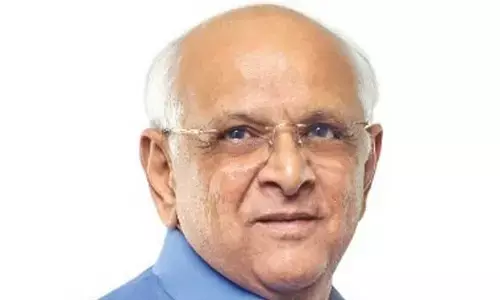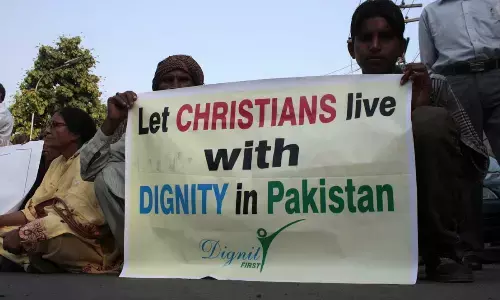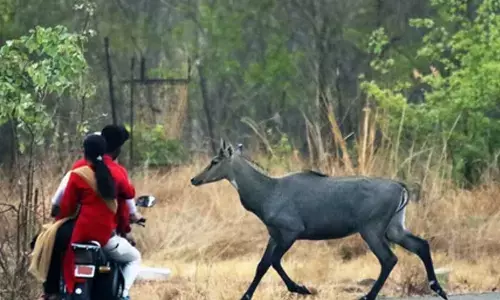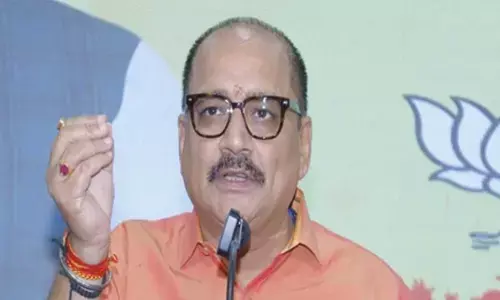Wiping tears of Nepal

Nepal Prime Minister Sushil Koirala’s placing estimates of deaths due to earthquakes at 10,000, more than double of those confirmed, should make the world community sit up and take note of the severity of the calamity that has befallen the Himalayan nation. Casualty figures have been slow in coming as the hilly areas and the interiors have been difficult to reach.
Not just Indian agencies and media, but foreign media and governments have also praised India’s efforts
Nepal Prime Minister Sushil Koirala’s placing estimates of deaths due to earthquakes at 10,000, more than double of those confirmed, should make the world community sit up and take note of the severity of the calamity that has befallen the Himalayan nation. Casualty figures have been slow in coming as the hilly areas and the interiors have been difficult to reach.
Horror stories of people being rescued three days after the quake hit last Saturday are testimonies of the intensity of the strike. Relief and rehabilitation measures could cost $ 1 billion. This, in a nation whose total gross domestic product is $ 2 billion, is staggering, Billions have been pledged by governments across the world. Cynical it may sound, but pledges get forgotten once the calamity is off media glare.
In Nepal’s case, the ability to absorb aid, even coordinate and distribute it is in question. Reports speaking of the Tribhuvan International Airport being choked with aircraft carrying relief material are worrisome. Experience shows that relief aircraft could either return or not arrive from the aid-giving agencies. Nepal needs help to organise help, but no self-respecting nation will allow foreign governments and NGOs to spread out on their own. Here lies the rub, with sensitivities involved. So, who will bell the cat?
India has earned huge credit with its performance. Prime Minister Narendra Modi convened an emergency meeting within three hours, and the first aircraft took off after four. Not just Indian agencies and media, but foreign media and governments have praised India. The Indian Army, home to the brave Gorkhas for over two centuries, has reached out to its retired personnel in the valley. The serving and the retired Gorkhas are guiding the Indian soldiers in relief work.
For long has India earned the “Big Brother” sobriquet in its neighbourhood. This is a refreshing development. Modi, who had made Nepal his first foreign tour destination as PM, has kept his word of “wiping tears” of the Nepalis. India could do more – the film fraternity that shoots in Nepal can chip in.
But there is need for caution – India should not be seen as over-doing or boasting, the way some statements in Parliament have been made. It is likely to fan anger and anti-India sentiment which has been a recurring theme in Indo-Nepalese bilateral ties. The size-and-resource mismatch between a landlocked Nepal and India makes the relationship vulnerable to it. Nepal’s middle class has sections that thrive on being anti-India propaganda.
The Maoists tend to play the “China card” to counter India. India has definitely done better than any other country, even China, the other neighbour. Beijing has rightly clarified that it is not competing with India or anybody in reaching aid to Nepal. That is how it should be. Whatever be the geopolitics, calamities are not occasions for one-upmanship among nations.














